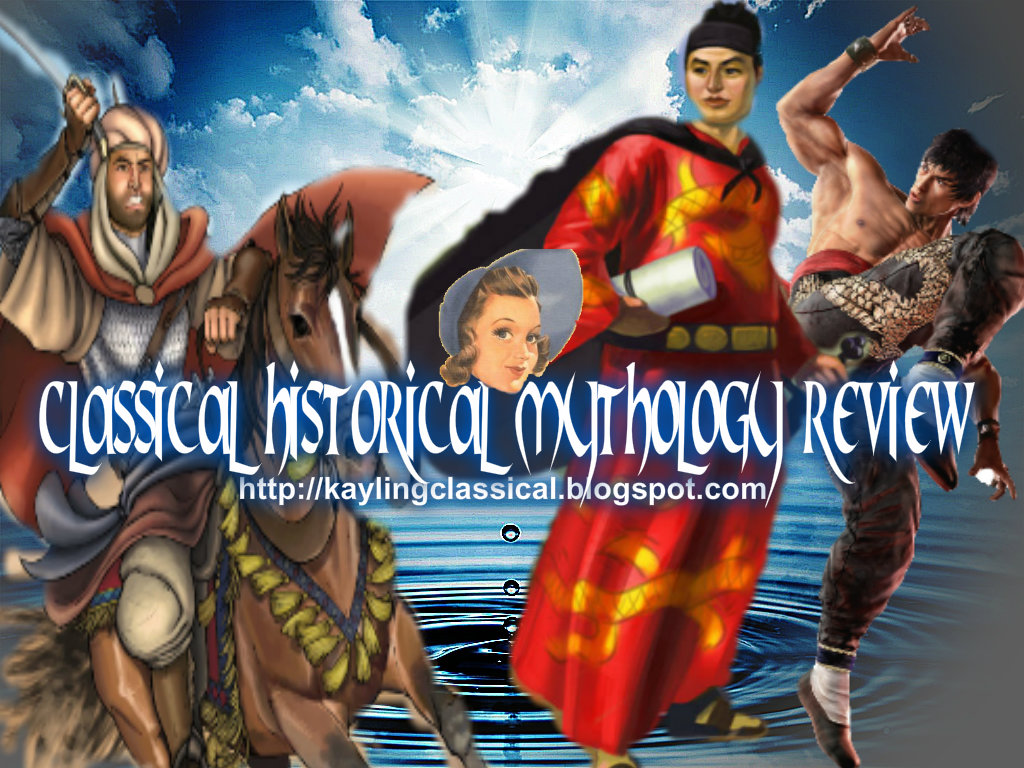Among the many who held this view were the legendary Five Elders of Shaolin: Jee Sin (Hung Gar), Pak Mei (White Eyebrow), Fong Do Dak, Miu Hin, and of course Ng Mui (Ving Tsun).
At the time, the martial arts of the land were primarily systems based on the movements of a broad assortment of animals. The many different methods represented by the variety of systems was not what was needed to do serious battle. What was needed instead was an efficient system that the whole body of warriors could use together; a unified approach to fighting back against the larger foe. Therefore, the Five Elders made many changes to the existing styles to build a better fighting system. They had already spent most of their lives studying the existing methods in depth. Using the wealth of traditional Chinese martial wisdom they already had, they condensed and streamlined the known techniques to build highly efficient and effective systems of martial arts based more directly on the natural movements of the human body.
In the process of sharpening the traditional fighting skills, Northern and Southern styles of martial art developed. While the Northern styles worked primarily with long-range movements, the Southern styles developed a more streamlined and efficiency-oriented method.
Each of the Five Elders left a legacy of martial arts to the world. One of these was instrumental in the development of ours. It was Ng Mui, the youngest of and only woman among the Five Elders, who showed Yim Ving Tsun how to fight. In doing so, her action was instrumental in producing the Ving Tsun art that practitioners around the world still study today.
Within many martial arts circles, the Five Elders are said to be
| Traditional Chinese | Simplified Chinese | Pinyin Mandarin | Pinyin Cantonese | ||
|---|---|---|---|---|---|
| Ji Sin | 至善禪師 | 至善禅师 | Zhì Shàn Chán Shī | Ji Sin Sim Si | Also transliterated as Ji Sin Sim Si, literally, Chan (Zen) teacher" |
| Ng Mui | 五梅大師 | 五梅大师 | Wǔ Méi Dà Shī | Ng Mui Daai Si | Noted as founder of Ng Mui Kuen, Wing Chun Kuen, Dragon style, White Crane, and Five-Pattern Hung Kuen |
| Bak Mei | 白眉道人 | 白眉道人 | Bái Méi Dào Rén | Bak Mei Dou Yan | Literally "Taoist with White Eyebrows" |
| Fung Dou Dak | 馮道德 | 冯道德 | Féng Dàodé | Fung Dou Dak | Taoist |
| Miu Hin | 苗顯 | 苗显 | Miáo Xiǎn | Miu Hin | an "unshaved" (lay) Shaolin disciple |
The Triad Five Elders
The Tiandihui/Hongmen claim that their society was born of an alliance between Ming loyalists and five survivors from the destruction of the Shaolin Temple by the Qing government; forged at the Honghua Ting (Red Flower Pavilion), where they swore to devote themselves to "fan qing fu ming" - "Fan Ching Fuk Ming", "overthrow the Qing and restore the Ming").
The five survivors from the Shaolin temple are called the Triad Five Elders and they are:
- Choi Dak Jung
- Fong Daai Hung
- Ma Chiu Hing
- Wu Dak Tai
- Lei Sik Hoi
Sometimes the founders of the five major family styles of Southern Chinese martial arts, all students of Gee Sin, are also called the Five Elders.
| Traditional Chinese | Simplified Chinese | Pinyin Mandarin | Pinyin Cantonese | ||
|---|---|---|---|---|---|
| Hung Hei (Goon) | 洪熙官 | 洪熙官 | Hóng Xīguān | Hung Hei (Goon) | founder of Hung Gar |
| Lau Saam Ngan | 劉三眼 | 刘三眼 | Liú Sānyǎn | Lau Saam Ngan | literally "Three Eyed Lau;" founder of Lau Gar |
| Choi Gau Yi | 蔡九儀 | 蔡九仪 | Cài Jiǔyí | Choi Gau Yi | founder of Choi Gar |
| Lei Yau Saan | 李友山 | 李友山 | Lǐ Yǒushān | Lei Yau Saan | founder of Lei Gar; teacher of Choi Lei Fut founder Chan Heung |
| Mok Ching Giu | 莫清矯 | 莫清矫 | Mò Qīngjiǎo | Mok Ching Giu | founder of Mok Gar |




